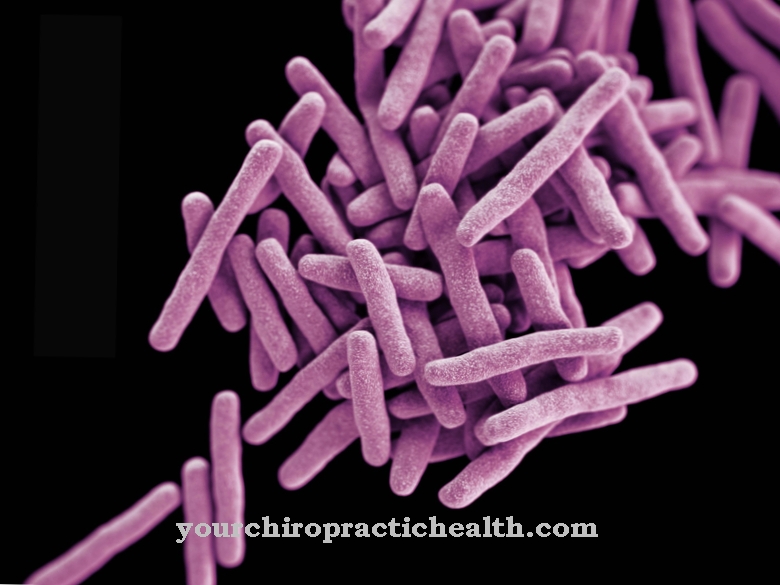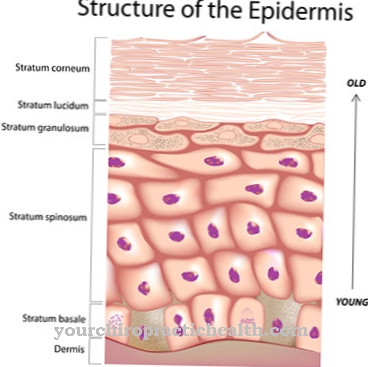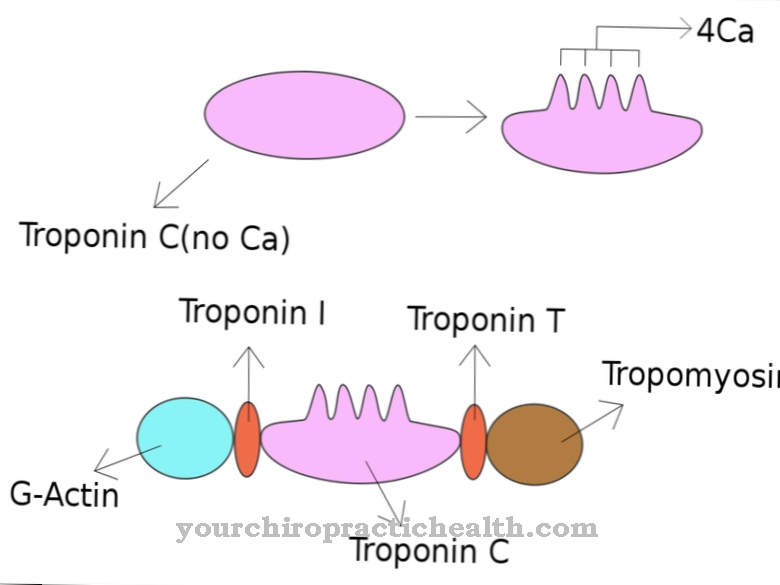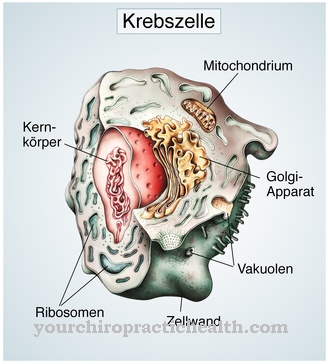Penicillium is a mold that is widespread almost all over the world and occurs primarily in and on the ground. It can also be found on plants. Because of the branched shape of its reproductive organs, it will too Brush mold called.
The spores are mostly light green in color. The mushroom feels most comfortable in warm and humid conditions. Penicillium attacks bread, cheese, fruit (apples, peaches, citrus fruits), jams and fruit juices particularly frequently. Some of its types are used to manufacture the antibiotic agent penicillin and to refine foods such as mold cheese (Camembert, Roquefort).
Because they prevent the appearance of competing fungi, individual species are also used in the manufacture of sausage products. Penicillium can cause asthma and various allergic reactions, such as cough, nettle rash, sneezing attacks and runny nose, but also bronchitis and rhinitis (inflammation of the nasal mucous membrane).
In addition, many types of brush mold release mycotoxins, which are highly toxic in their effects. These substances are mainly absorbed by humans through spoiled food.
What is Penicillium?
In the cool and temperate climates, Penicillium can be found almost anywhere where organic material is broken down. These types of mold are particularly common on garden soil and in foliage. They are usually easy to find in damp basements, as well as on water pipes, mattresses, ceiling wallpaper, window sills, and upholstered furniture. Penicillium also likes to settle in house dust, organic waste and hay. Under ideal conditions, the mold is able to break down cellulose. More than 200 different types of brush mold are known.
Penicillium is characterized by very rapid growth in the colonies. The flight of spurs extends between April and September. The mycelium is initially white in color, but then changes to greenish or yellowish tones.
The antibiotic effect of these molds was discovered in experiments on bacterial cultures at the end of the 1920s. The mold had no longer allowed bacteria to spread under laboratory conditions.
Occurrence, Distribution & Properties
Molds are absorbed by humans through the skin, by inhalation or with the gastrointestinal system. However, only an examination by an allergist can provide clarity about the causes of possible complaints such as diarrhea, headaches and itchy skin. This approach is gaining in importance because traces of fungal allergens can increasingly find their way into nutritional products in industrial production. These residues are generally harmless for healthy people, but they can be very troublesome for allergy sufferers. It is estimated that around six percent of people in Central Europe are allergic to mold.
With a total of around 250,000 different types of fungus, it is impossible to develop an allergy test for each one. However, allergic reactions to Penicillium have been scientifically proven. It was found that the pathogens in question are predominantly indoors, where they mainly populate perishable food and organic waste. The best conditions for this are found at a humidity of 80 percent and temperatures between 20 and 25 ° C.
The fungi can be found in foods even if they do not show any traces of mold on the outside. Allergy sufferers develop the symptoms to the special pathogens especially after they have drunk alcohol or have eaten cheese, foods that are heavily salted and foods that contain yeast.
Meaning & function
The mold Penicillium chrysogenum is the most well-known supplier of the antibiotic penicillin. As early as the end of the 19th century it was discovered that molds contain certain acids that can inhibit the growth of body pests. The anthrax pathogen was the first example that bacteria were killed in this context.
Penicillin was and is refined from the microorganisms of the fungi so that it is available in a chemically usable form. It established the great success of antibiotics in medicine. Most of the antibiotics still used today have natural models.
Illnesses & ailments
Frequently recurring symptoms of an allergy to Penicillium are long-lasting or year-round runny nose, a constantly blocked nose and conjunctivitis with noticeably itchy and watery eyes. If the lungs are affected, this is noticeable in the form of a dry cough, wheezing noises, congested airways and, in special cases, asthma and acute shortness of breath.
In the gastrointestinal area, allergies lead to frequent abdominal pain, flatulence, diarrhea, repeated vomiting and permanent nausea. On the skin, allergic sensitivities manifest themselves in eczema, itching, so-called wheals (urticaria) or neurodermatitis. In general, defense reactions against brush mold in the form of permanent migraines, sleep disorders and general weakness draw attention to themselves. If they are not treated effectively, in the long run they have considerable disadvantages in the daily rhythm of life.
If the doctor can make an accurate diagnosis, the simplest treatment for a mold allergy is to avoid the food that causes it, either completely or temporarily. At the same time, medication may be administered to drive away acute symptoms. The use of antihistamines and cortisone preparations is common. However, it does not treat the allergic reaction itself.
If the cause of allergic reactions to Penicillium or other molds is not precisely determined, certain food products should no longer be consumed as a precaution. This includes yeast products, blue cheese, fruit juices, alcoholic beverages and all ready meals. Great care should also be taken with fruit vinegar, grapes, industrially manufactured baked goods, malt-containing products, ice cream and tomato ketchup.
Molds are also often found in products that contain vinegar such as sauerkraut and salad dressings. Likewise, allergy sufferers should be careful when consuming soy sauce and vegetable broth. Last but not least, citric acid, which is very often used as an additive in food, can lead to allergic symptoms. This is produced with the direct help of a mold. Citric acid is in turn the starting material for other additives such as E 380 (triammonium citrate) and E 1505 (triethyl citrate), which can also cause allergic symptoms.

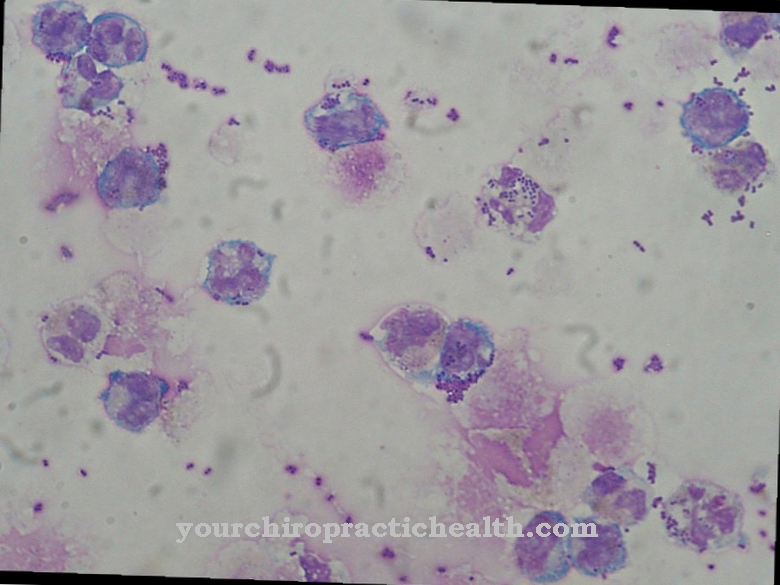

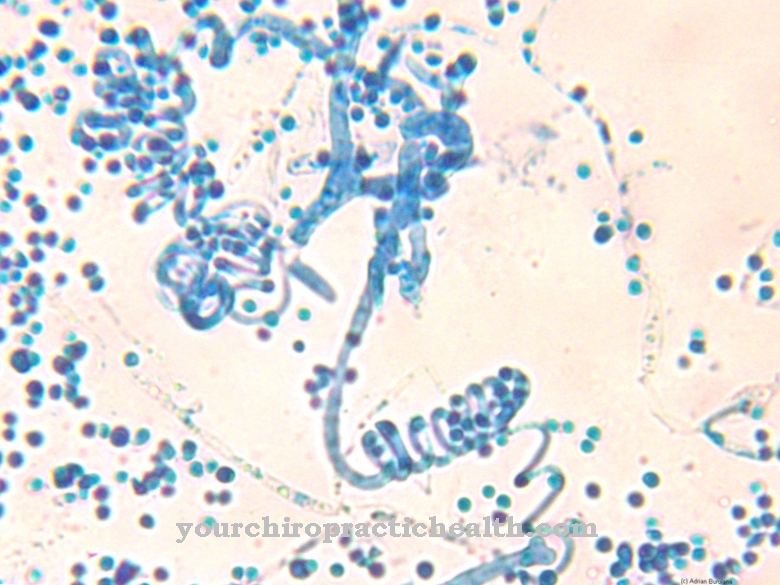
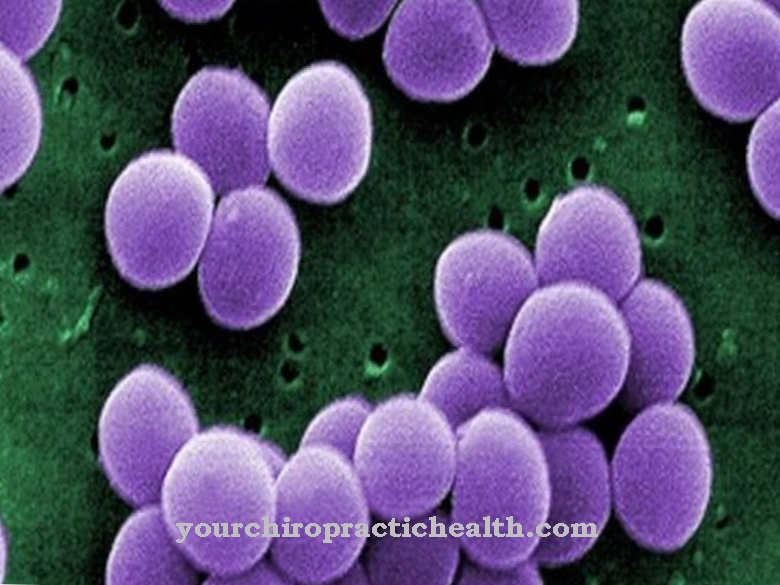
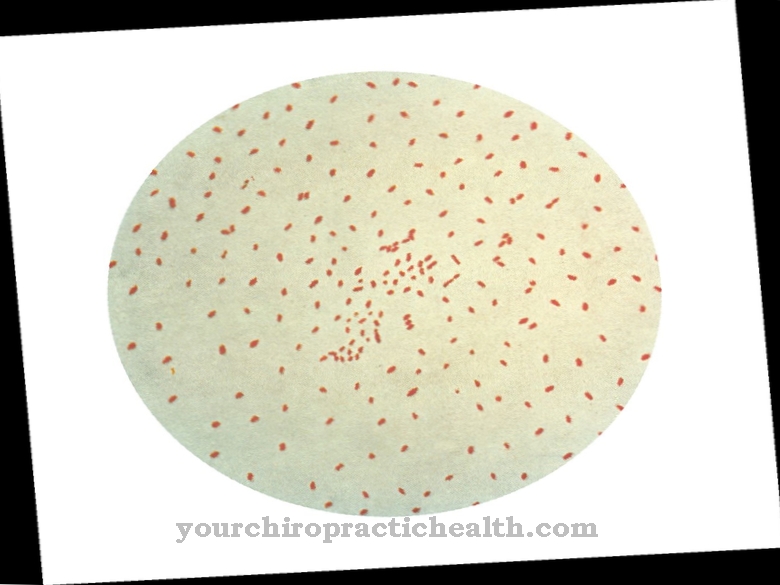
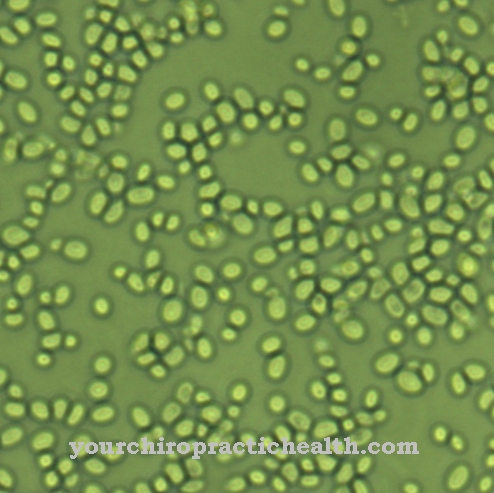



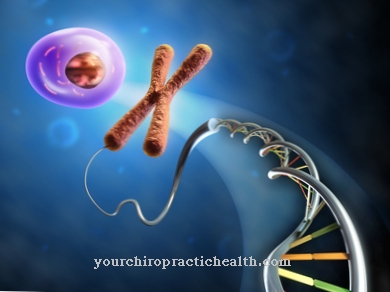

.jpg)
